Noodles have been a staple in Asian cuisine for thousands of years, and their packaging has evolved alongside their growing popularity. One particular form of packaging, the noodle box, has become an iconic symbol of convenience and portability. In this article, we will delve into the origins of the noodle box, tracing its roots back to ancient China and exploring how it has become a global phenomenon. Ancient Chinese Roots: The story of the noodle box begins in ancient China, where noodles were first invented around 4,000 years ago. Noodles quickly became a favorite food across various Chinese dynasties, and their popularity led to the development of creative ways to package them.

.
 Traditional noodle boxes were made of wood or bamboo, featuring a simple but effective design that allowed for easy storage and consumption. These boxes not only kept the noodles warm but also prevented them from sticking together, ensuring a tasty and satisfying meal. The Evolution of Packaging: As the demand for noodles grew and Chinese cuisine spread to different parts of the world, the need for more convenient and hygienic packaging arose. This led to the development of the modern-day noodle box we know today. The first notable innovation was the introduction of the paper noodle box in the 20th century.
Traditional noodle boxes were made of wood or bamboo, featuring a simple but effective design that allowed for easy storage and consumption. These boxes not only kept the noodles warm but also prevented them from sticking together, ensuring a tasty and satisfying meal. The Evolution of Packaging: As the demand for noodles grew and Chinese cuisine spread to different parts of the world, the need for more convenient and hygienic packaging arose. This led to the development of the modern-day noodle box we know today. The first notable innovation was the introduction of the paper noodle box in the 20th century.
..
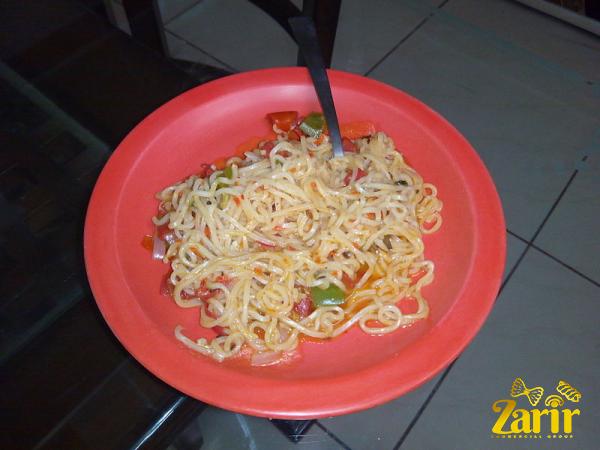 This lightweight and disposable packaging option soon gained popularity, not only in China but also in other Asian countries. Global Influence: Through globalization and increased cultural exchange, the concept of the noodle box gradually spread beyond Asia. In the 1960s, the popularity of Chinese takeout restaurants in Western countries introduced the noodle box to a wider audience. It became synonymous with Chinese cuisine and takeout culture, often adorned with colorful graphics and Chinese motifs to add a touch of authenticity. Modern-Day Noodle Boxes: With a global market demand for on-the-go meals and the rise of fast-food culture, the noodle box has transformed into a versatile packaging solution.
This lightweight and disposable packaging option soon gained popularity, not only in China but also in other Asian countries. Global Influence: Through globalization and increased cultural exchange, the concept of the noodle box gradually spread beyond Asia. In the 1960s, the popularity of Chinese takeout restaurants in Western countries introduced the noodle box to a wider audience. It became synonymous with Chinese cuisine and takeout culture, often adorned with colorful graphics and Chinese motifs to add a touch of authenticity. Modern-Day Noodle Boxes: With a global market demand for on-the-go meals and the rise of fast-food culture, the noodle box has transformed into a versatile packaging solution.
…
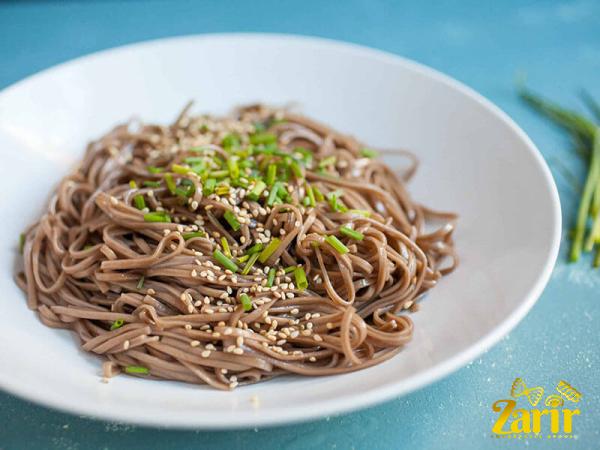 Today, noodle boxes are made from various materials such as cardboard, eco-friendly paper, and even biodegradable or compostable materials. They come in different shapes and sizes to accommodate a wide variety of noodles, from stir-fried to soups and even dry instant noodles. Conclusion: From humble wooden boxes in ancient China to modern-day disposable containers, the noodle box has come a long way. Its origin speaks to the rich history and cultural significance of noodles in Asian cuisine. As consumers continue to seek out convenient and portable meal options, the noodle box remains a beloved and essential packaging solution. Whether it’s a quick lunch at the office or a late-night craving, the noodle box serves as a reliable vessel for delivering delicious noodles worldwide.
Today, noodle boxes are made from various materials such as cardboard, eco-friendly paper, and even biodegradable or compostable materials. They come in different shapes and sizes to accommodate a wide variety of noodles, from stir-fried to soups and even dry instant noodles. Conclusion: From humble wooden boxes in ancient China to modern-day disposable containers, the noodle box has come a long way. Its origin speaks to the rich history and cultural significance of noodles in Asian cuisine. As consumers continue to seek out convenient and portable meal options, the noodle box remains a beloved and essential packaging solution. Whether it’s a quick lunch at the office or a late-night craving, the noodle box serves as a reliable vessel for delivering delicious noodles worldwide.

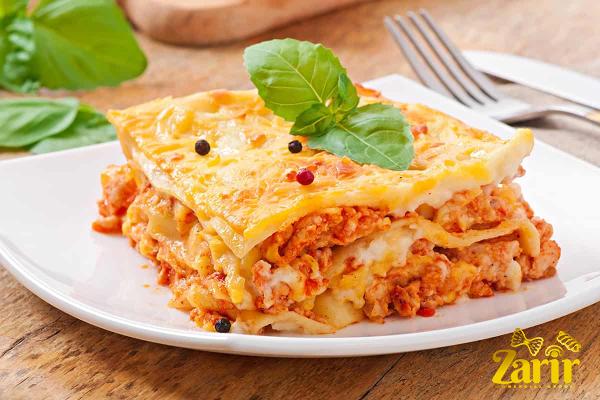
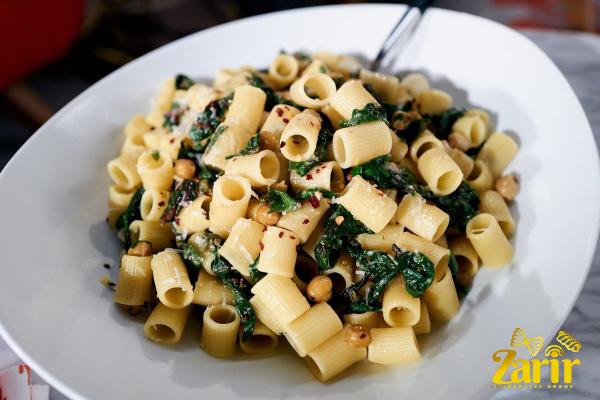
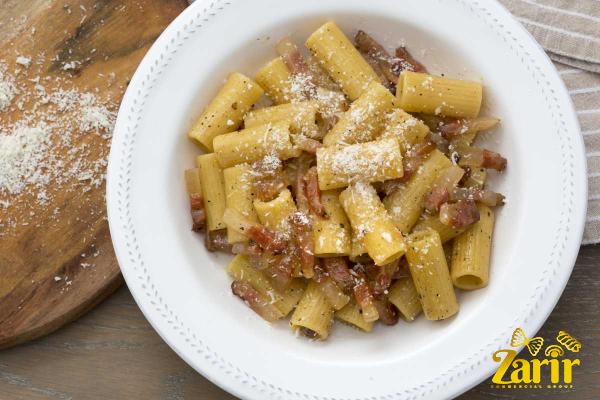
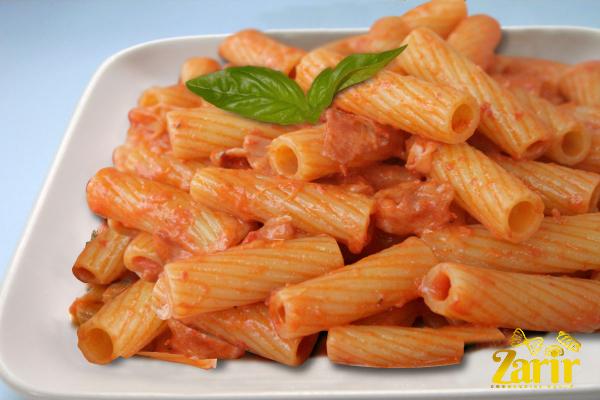
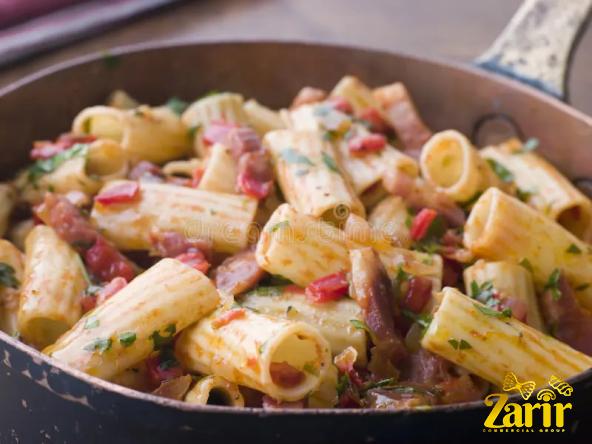
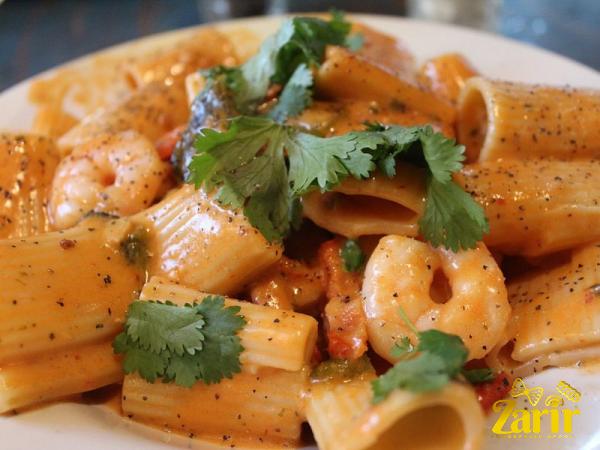
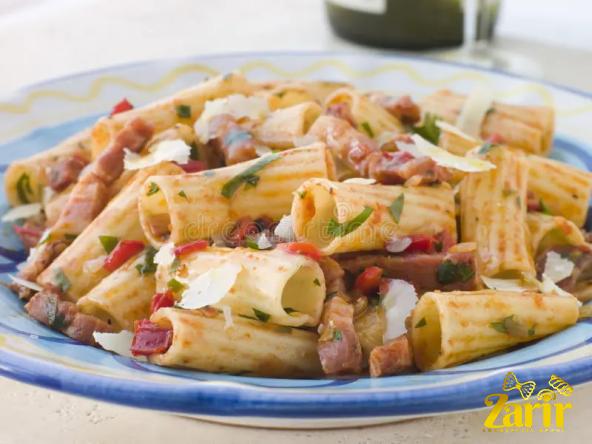
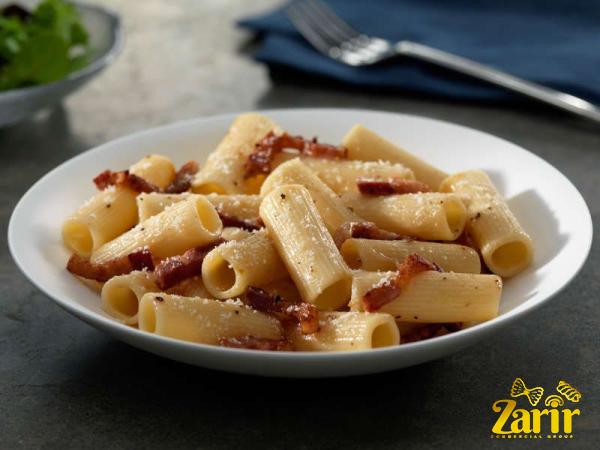
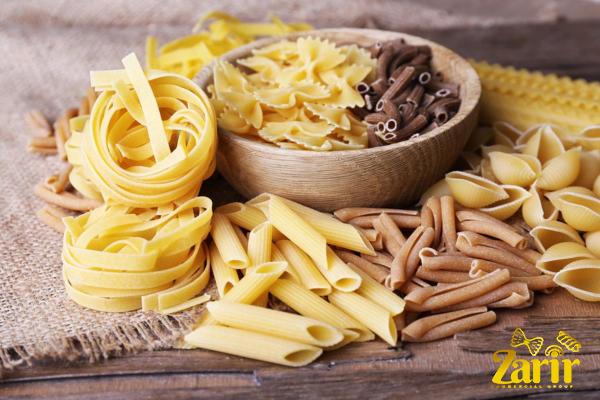
Your comment submitted.